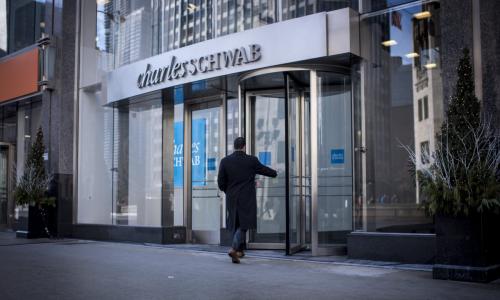The FDIC released numbers for the third quarter of 2009 and they weren't pretty. While banks earned a bit more money, losses continued, more banks were added to the problem list, total loans declined, and the FDIC needed to tap an emergency assessment to keep from running out of cash.
Key highlights of the press release include:
- Commercial banks and savings institutions insured by the Federal Deposit Insurance Corporation (FDIC) reported aggregate net income of $2.8 billion in the third quarter of 2009, more than three times the $879 million the industry earned a year earlier.
- More than 26 percent of all insured institutions reported a net loss in the latest quarter, up slightly from nearly 25 percent a year earlier.
- Loan balances declined by the largest percentage since quarterly reporting began in 1984.
- Insured institutions charged off $50.8 billion in uncollectible loans during the quarter, up from $28.1 billion a year earlier, and noncurrent loans and leases increased by $34.7 billion during the third quarter.
- Net interest margins improved to a four-year high. This is what contributed to bank profits. Banks are able to borrow money at 0% from the Fed or 1% from depositors and loan it out for 5%. It's impossible not to make money in the environment engineered by the Fed to saved the banks.
- At the end of September, there were 552 insured institutions on the "Problem List," up from 416 on June 30. This is the largest number of "problem" institutions since December 31, 1993, when there were 575 institutions on the list. Total assets on the problem list increased to $345 billion. If we assume that in a worse case scenario all of these banks fail, and the FDIC is on the hook for 10% of the problem assets, that's an extra $35 billion the FDIC must pay out. Which brings us to the next point...
- As projected in September, the FDIC's Deposit Insurance Fund (DIF) balance – or the net worth of the fund – fell below zero for the first time since the third quarter of 1992. The fund balance of negative $8.2 billion as of September already reflects a $38.9 billion contingent loss reserve that has been set aside to cover estimated losses over the next year. Just as banks reserve for loan losses, the FDIC has to set aside reserves for anticipated closings over the next year. Combining the fund balance with this contingent loss reserve shows total DIF reserves with a positive balance of $30.7 billion.
So, there you have it. Banks are still struggling, the FDIC is fighting hard to keep up, and more bank closings are coming.











Add your Comment
use your Google account
or use your BestCashCow account